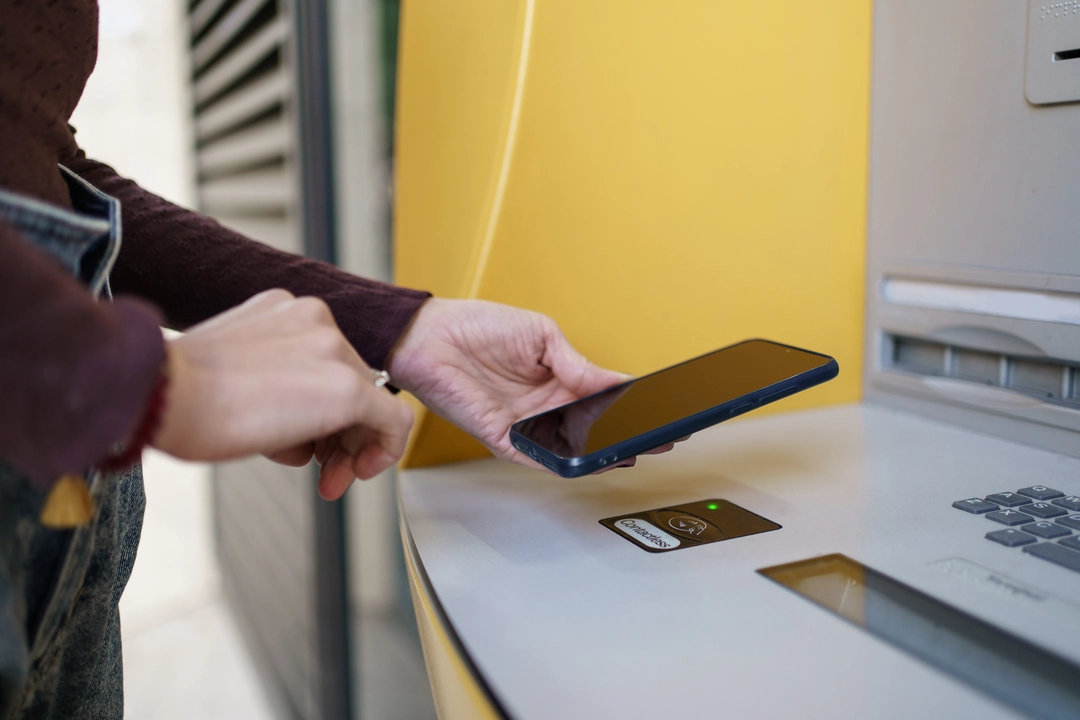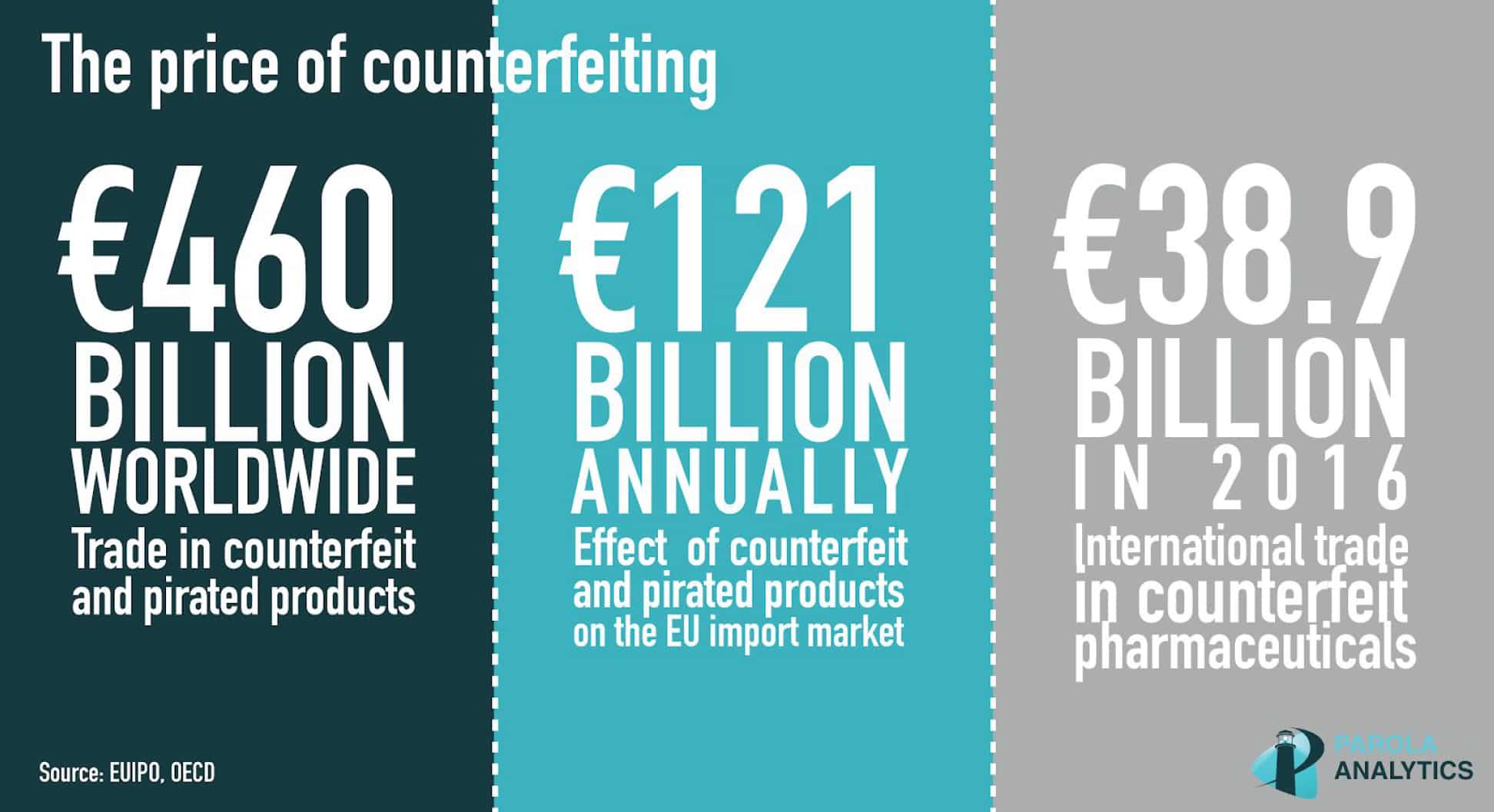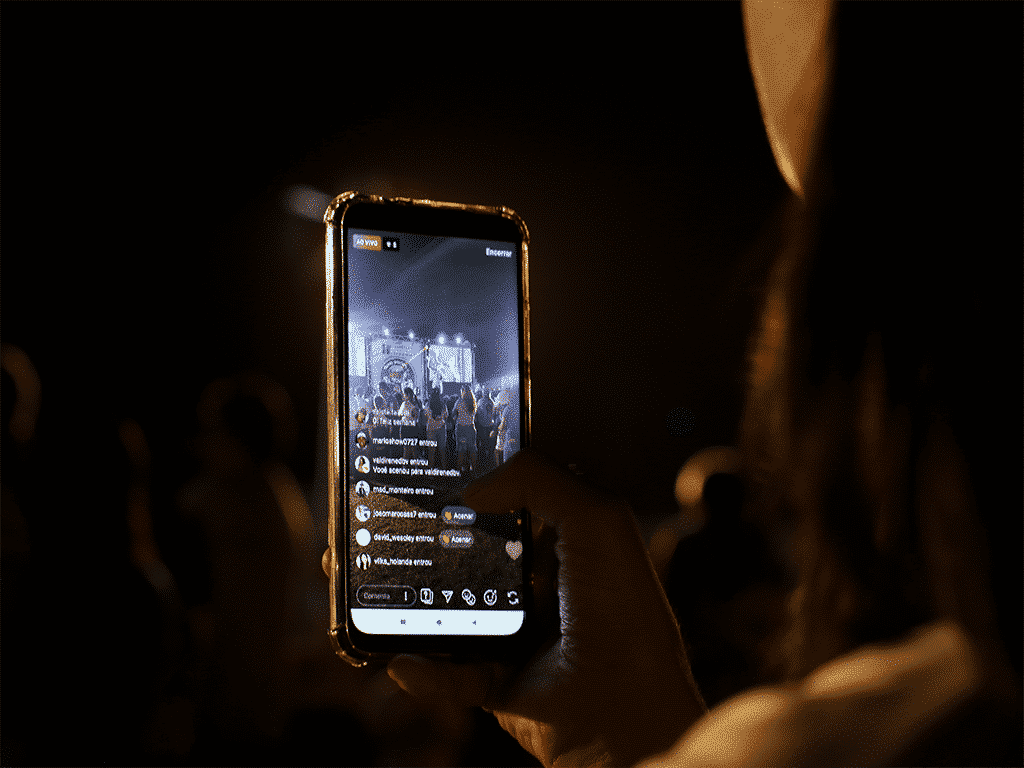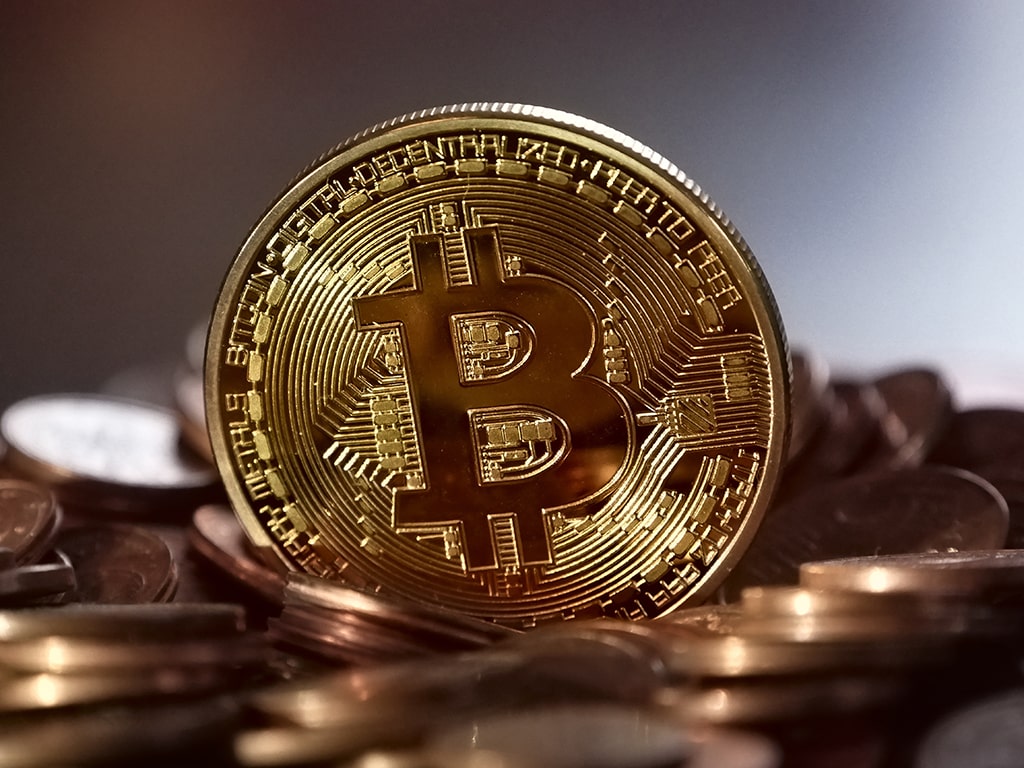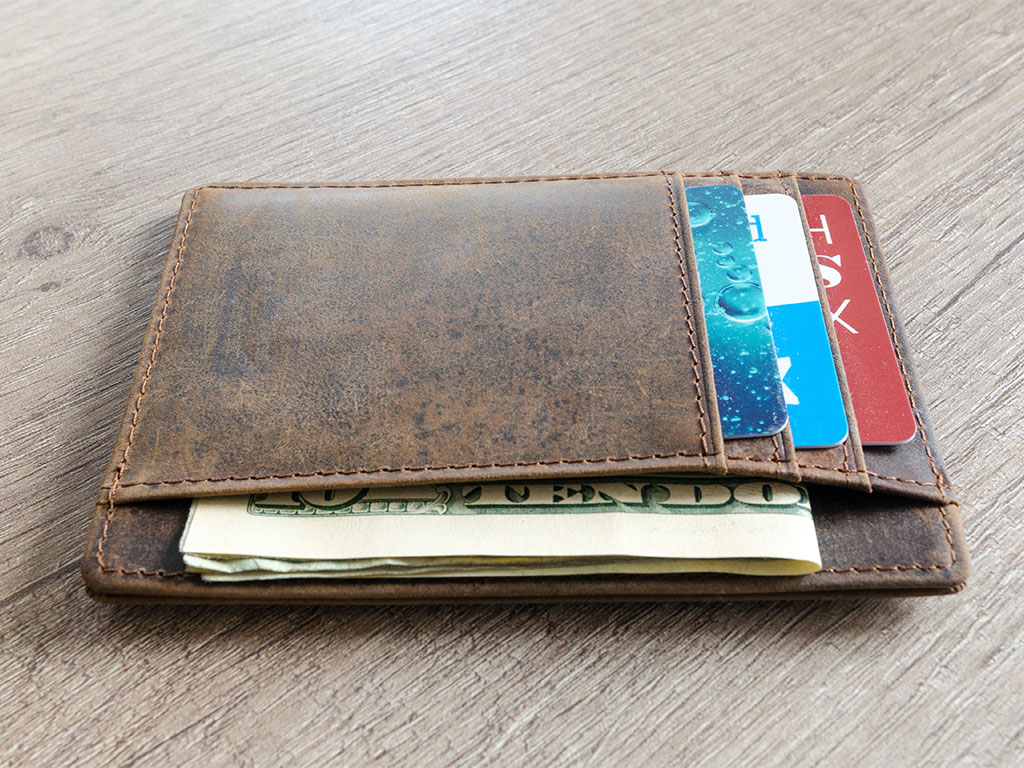The banking sector has consistently embraced technology, from ATMs to mobile banking apps, making banking more accessible and efficient. ATMs, for instance, have become a global staple, reducing our dependence on bank tellers during regular hours.
The first ATM was introduced by Barclays on June 27, 1967 in North London. Just two years later, the first ATM in the United States was set up by Chemical Bank on September 2, 1969. NCR, an ATM manufacturer from Georgia, claims to have introduced the first drive-up ATM in 1980 in Baton Rouge, Louisiana.
Drive-through ATMs allow customers to transact without leaving their cars. Yet, this convenience still has a catch: customers need to roll down their windows, insert their debit cards, type in their PIN, and select transactions. And for those who prefer cardless methods, they can tap their phones on a designated ATM spot.
Despite the convenience, this can still result to long car queues. In this article, we’ll explore two innovations that promise to streamline the drive-through ATM experience and curb those waiting times.
USAA | Proactive bank transaction staging methods and systems
This invention relates to enhancing the banking experience through the use of mobile computing devices. When a user’s device is detected near a banking location, the system identifies the user’s intended transaction type through a mobile application and guides the user to the appropriate transaction point within the bank.
To further streamline the process, the system recommends transaction points based on the user’s location, transaction type, historical behavior, safety concerns (using crime rates from public records), and even potential fees. Once a transaction point is chosen, the system can generate a safe route for the user, and schedule the transaction for efficient completion. This system combines safety, efficiency, and user-preference to redefine the banking experience.
This innovative patented invention offers a convenient and efficient solution for customers utilizing services within a banking facility. Additionally, this solution can be applied to ATM drive-throughs in order to alleviate congestion caused by an accumulation of vehicles at a particular ATM location.
U.S. 11,715,084 was filed on May 14, 2021 and granted on August 1, 2023 to United Services Automobile Association (USAA).
Wells Fargo | Systems and methods for remote ATM access
This Wells Fargo patent, like the USAA patent, allows customers to start their ATM transactions using a smartphone application. However, it presents a specific solution designed for customers who prefer drive-through ATMs. Additionally, this patent introduces an innovative customer authentication method based on associating the license plate number with the individual.
This Wells Fargo patent invention incorporates strategically placed beacons in the vicinity of drive-through ATMs. These beacons emit signals which can be intercepted by nearby vehicles. Subsequently, customers’ devices (such as smartphones) are able to respond to these beacon signals by transmitting their location information to a remote computing device affiliated with the bank.
Aside from the physical location, a mobile application can serve as a means to transmit pertinent customer details, including their license plate number, which can be utilized for authentication purposes. Real-time surveillance cameras have the capacity to capture and analyze the vehicle’s license plate image in order to verify its correspondence with the information provided by the customer. A successful authentication process will result in a transaction code being issued to the customer, enabling them to finalize their transaction at the ATM machine.
U.S. 11,715,078 was filed on June 6, 2022 and granted on August 1, 2023 to Wells Fargo Bank.
Technologies that involve the use of smartphone applications to transact businesses fall under the umbrella term of Information and Communications Technology (ICT) which is the fundamental building block of smart sustainable cities.
More on smart sustainable cities in Big data, IoT and the push for smart(er) cities.
